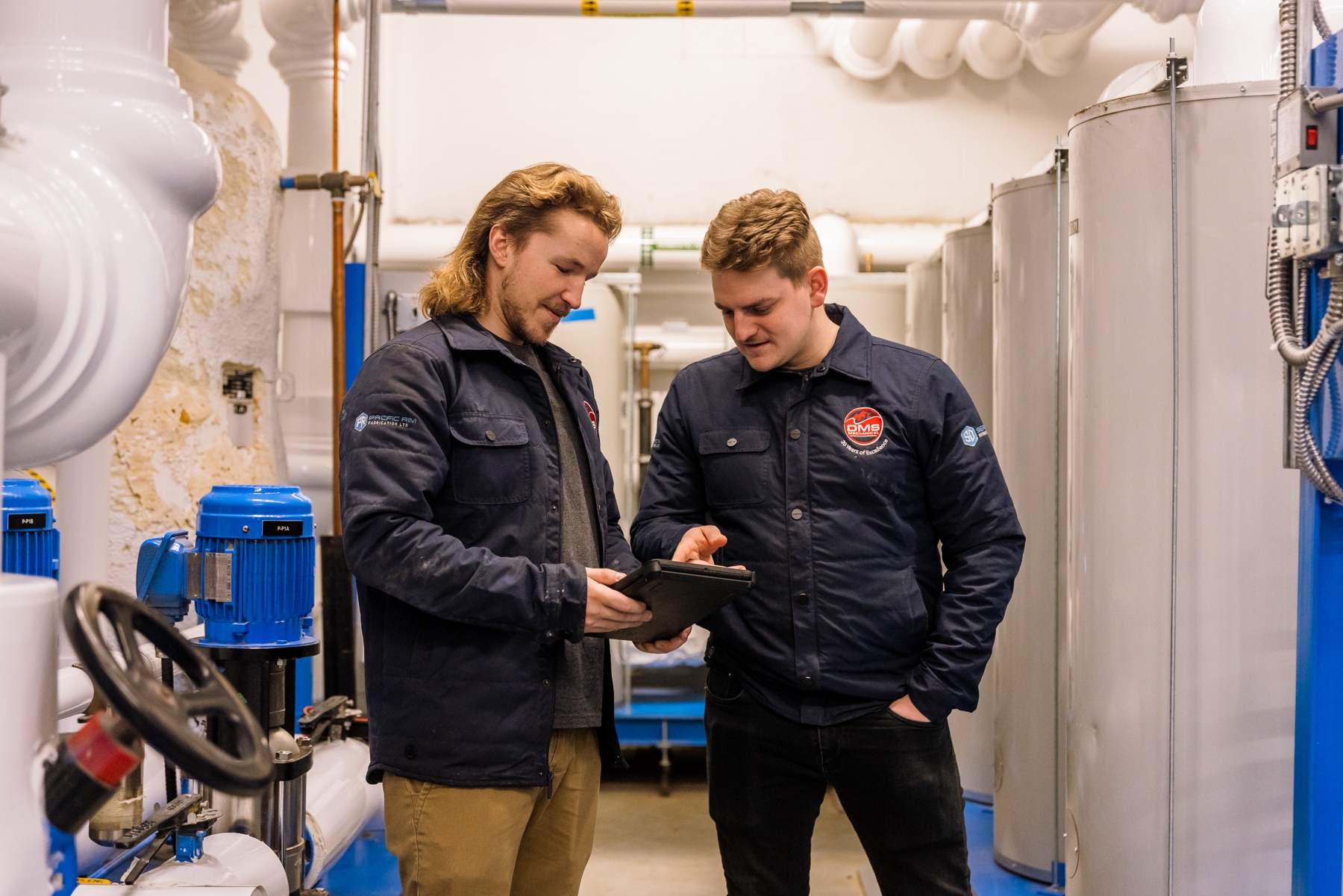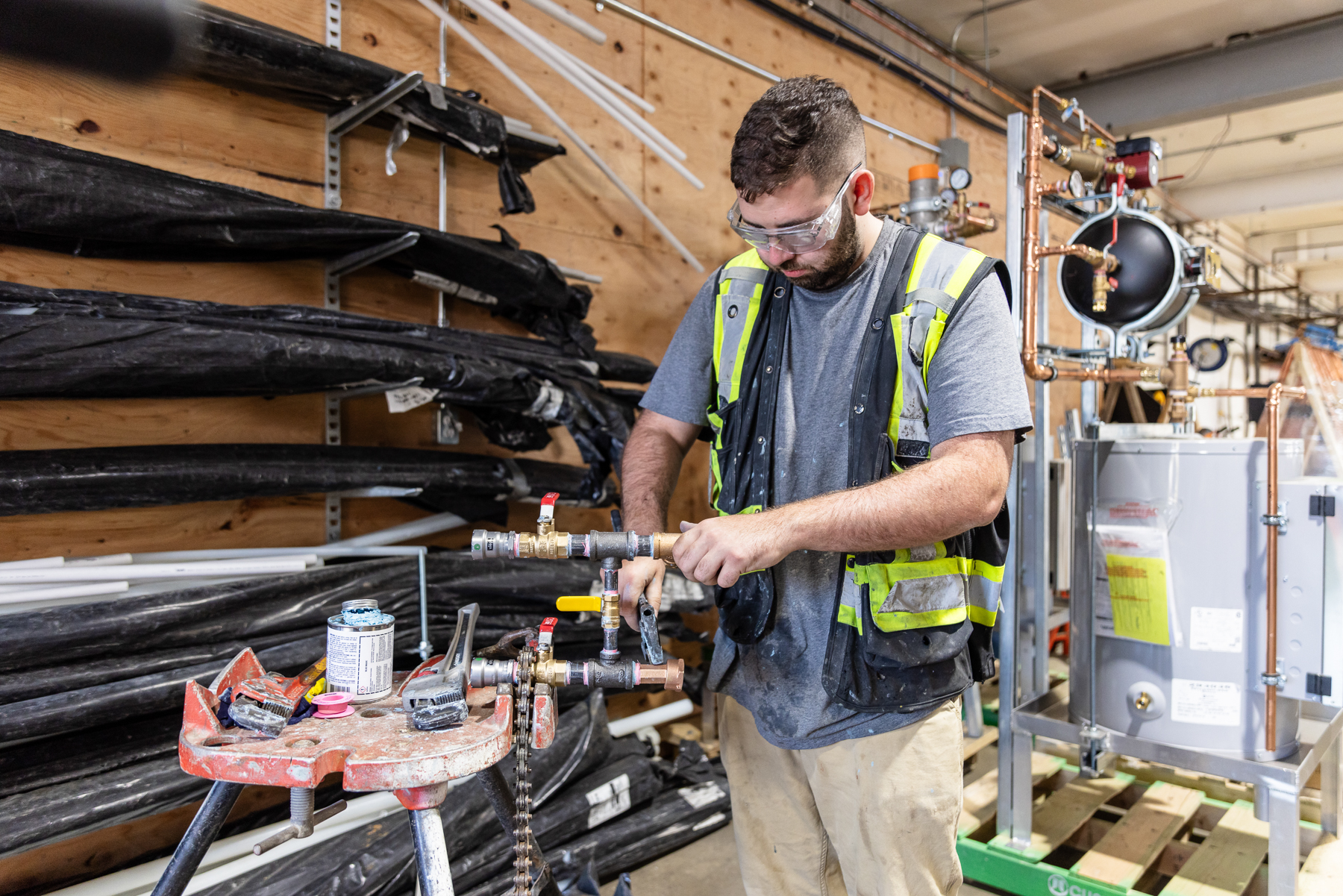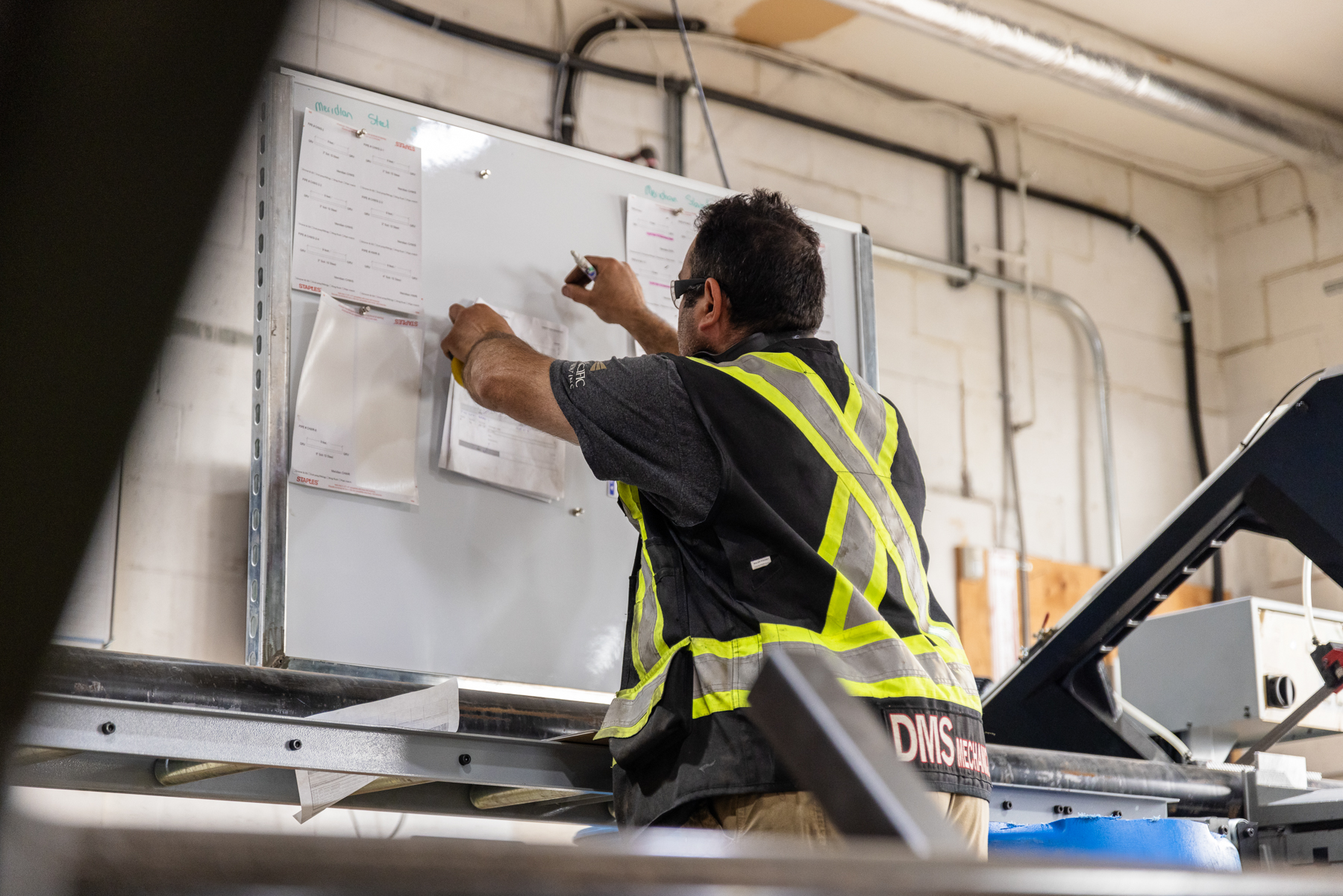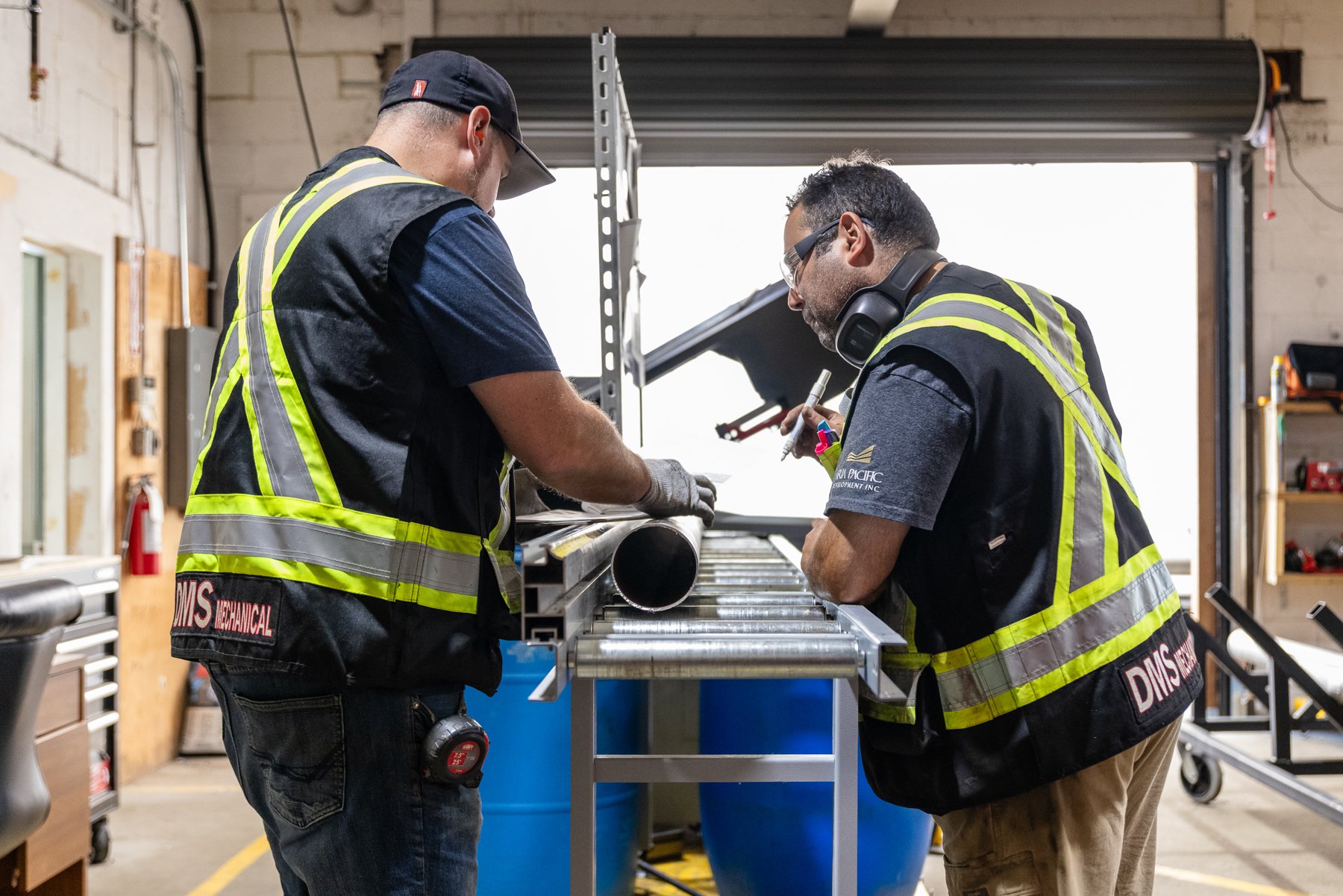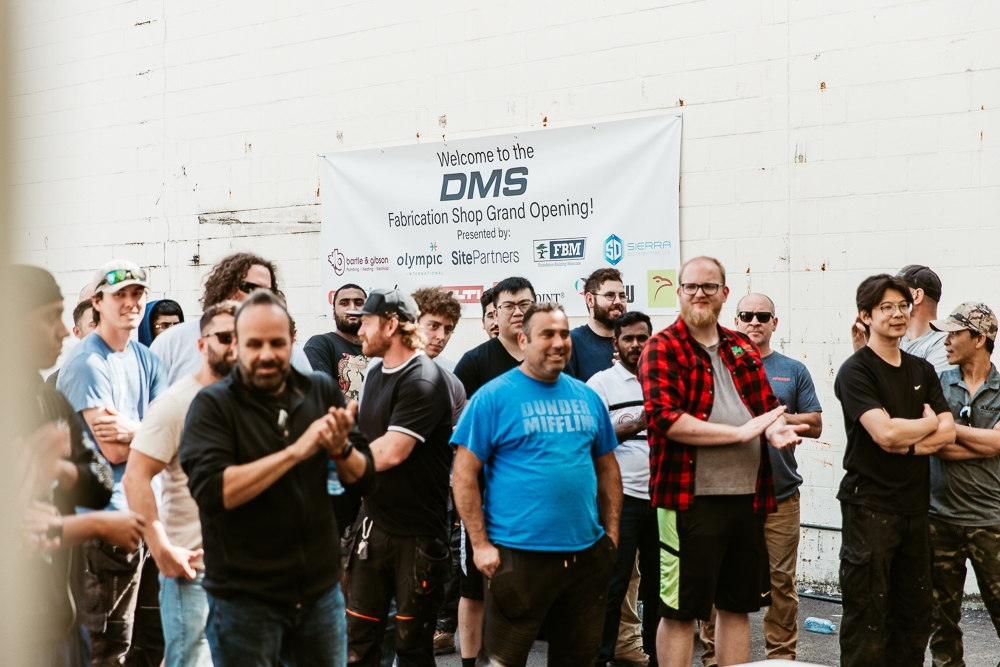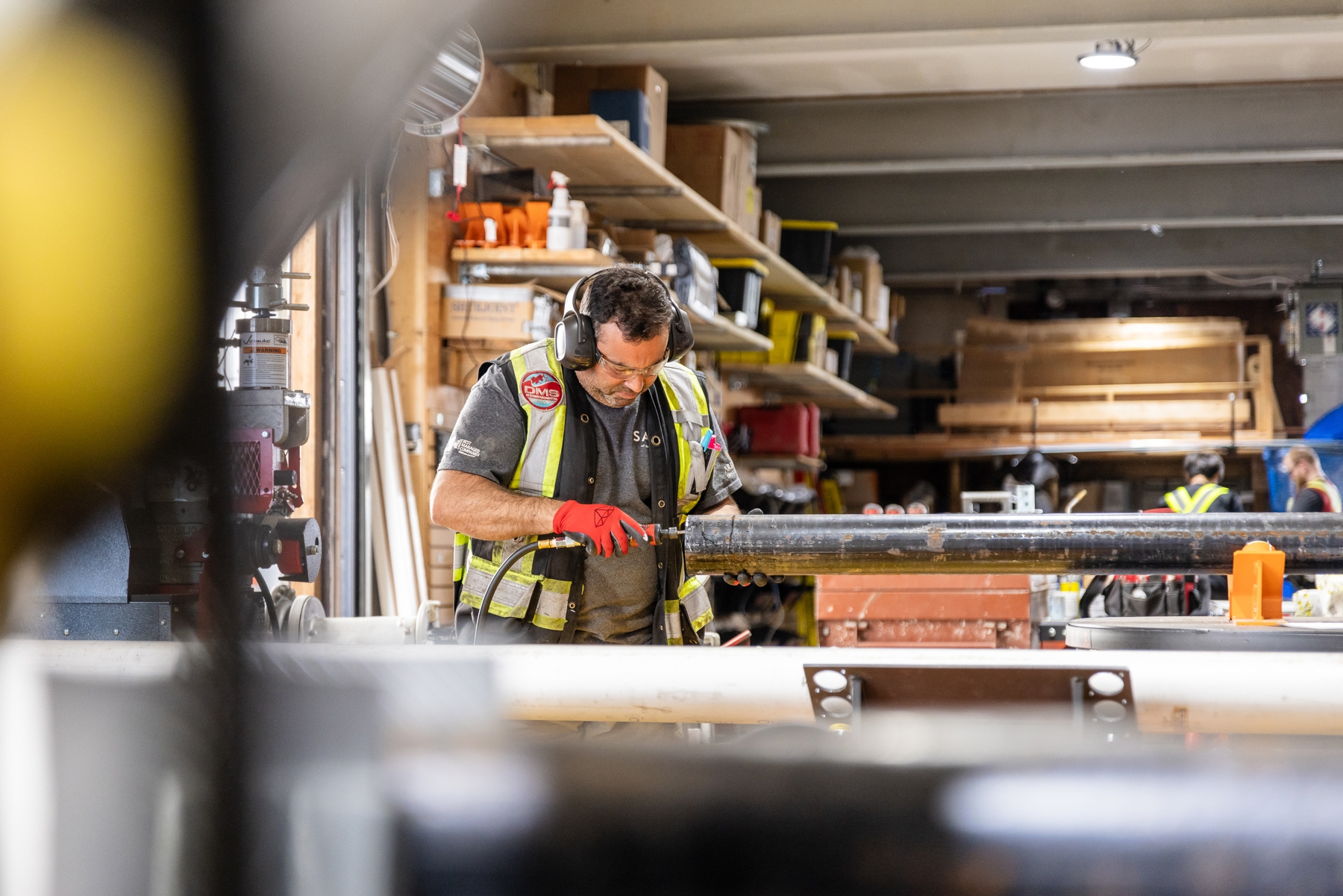The development and implementation of safe work practices and procedures are essential in any organization’s health and safety management system.
Safe work practices and procedures should accurately reflect the work that you do and provide guidance to the reviewer on how to perform a task safely based on potential hazards and required hazard controls.
However, these documents can be intimidating or confusing to workers. The goal is to foster a culture where managers, supervisors, and workers are engaged in the use and further development of safe work practices and procedures.
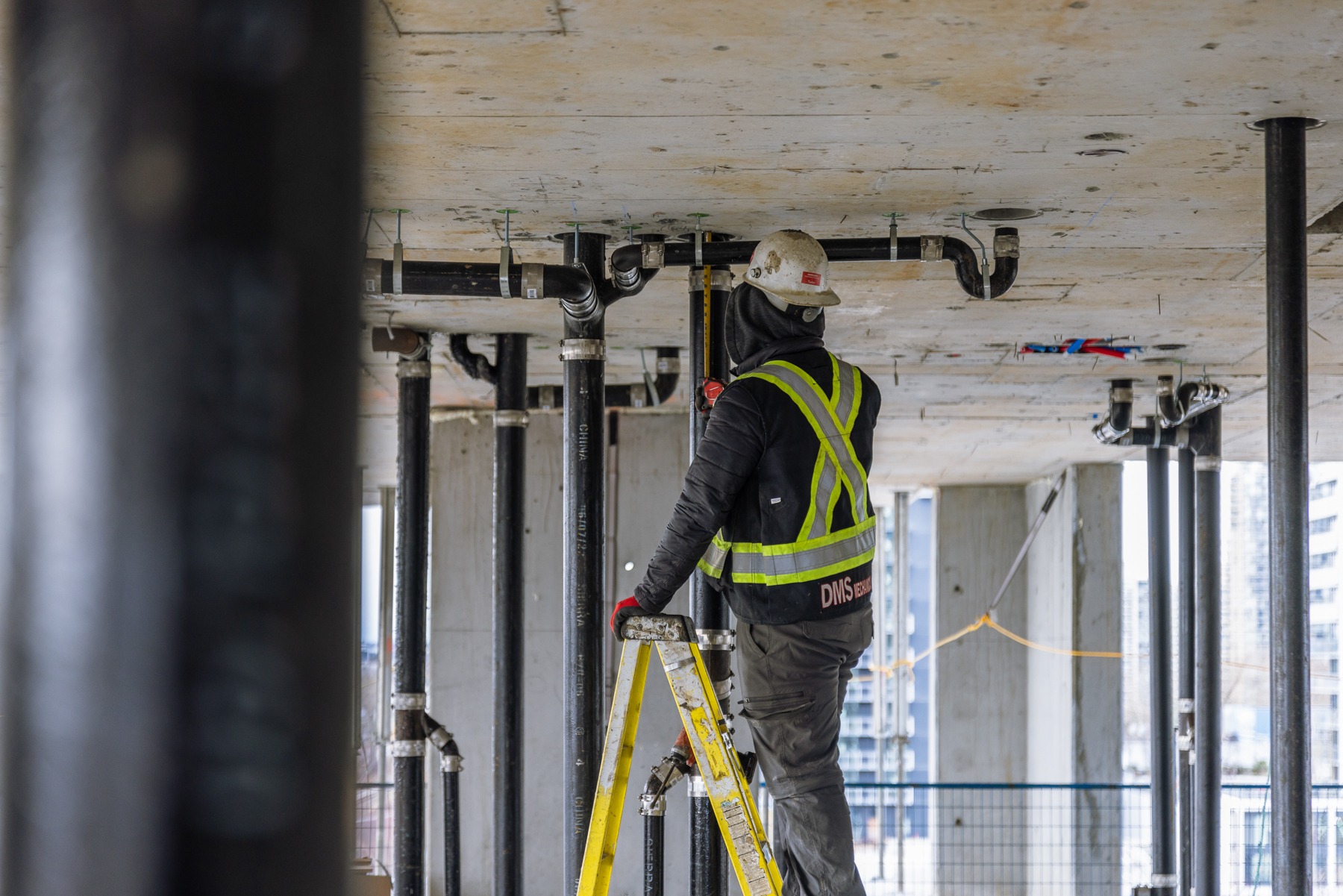
Let’s start with the difference between Safe Work Practices and Safe Work Procedures. (The definition is literally in the wording.)
Safe Work Practices: These are a set of simple guidelines (do’s and don’ts if you will) related to a task or the use of a tool or piece of equipment. These practices will be considered quantitative and have statements such as; “Do not wear loose clothing”, “Follow manufacturer’s guidelines”, “Inspect all tools and equipment.”, etc. Some examples of safe work practice applications may be driving, safe use of ladders, hand tool use, manual lifting, etc.
Safe Work Procedures: These are a more elaborate set of instructions that break down a (usually) hazardous task step by step and identify very specific instructions on how to carry out the work based on identified hazards and pre-established hazard controls. Safe work practices would be considered a qualitative approach and should be developed based on risk assessments to fully be effective. Examples of safe work procedures may include working at heights, working in confined spaces, installation, and maintenance instructions, etc.
Unlike safe work practices, safe work procedures are location, equipment, and task scope specific.
Both practices and procedures need to be monitored and regularly reviewed for accuracy and relevance. They should be developed based on priority. Priority should be determined based on the outputs of risk assessments.
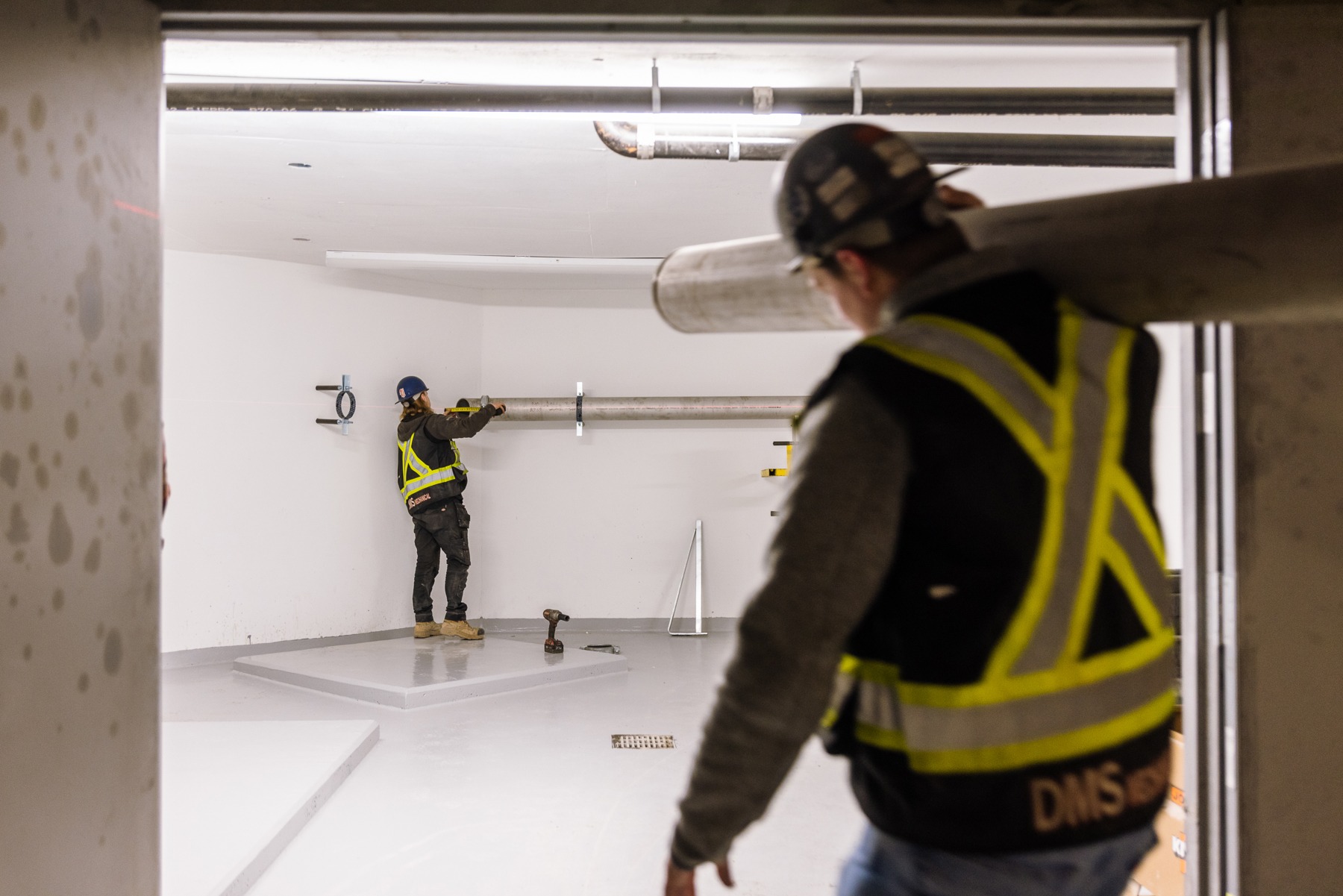
Benefits of safe work practices and procedures:
· Reduce injuries to workers.
· Increase worker awareness.
· Fantastic training tool.
· Identify required controls to reduce risk.
· Consistency of knowledge and approach to tasks.
· Meet regulatory requirements.
Challenges of implementation:
· They take time and resources to develop.
· Can be confusing to workers.
· More paperwork!
When to use safe work practices and procedures:
· When introducing a new process or task.
· As a tool for training.
· During FLRA reviews.
· During toolbox meetings.
· During orientations.
· At regular intervals to ensure they are current.
Who is responsible for reviewing safe work practices and procedures?
· Any workers that are performing the relevant tasks.
· Managers must be involved in the development and review of high-risk activities.
· Supervisors are responsible to review and enforce relevant safe work practices and procedures.
· Records should be maintained to validate these reviews.
